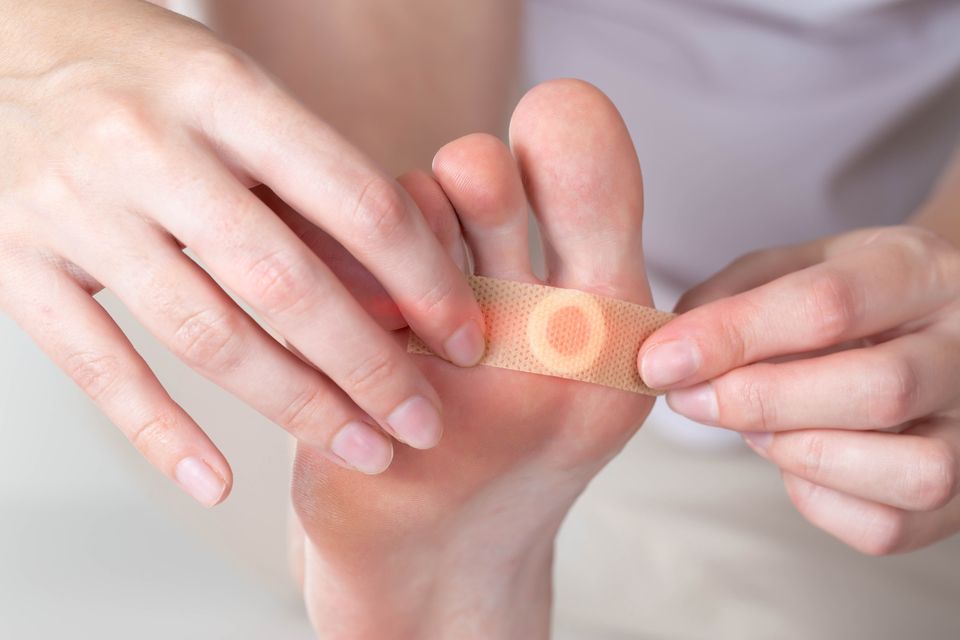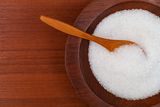Ask the doctor: I’ve had a verruca for 10 years and no treatments work. Is there anything new I should try?
GP Jennifer Grant gives her advice on your medical queries
The most common treatment approach includes chemical and physical destruction of affected tissue. Photo: Getty Images
Question: I’ve had a verruca now for about 10 years and no matter what I do, it doesn’t go away. Over the years, I have tried the chiropodist, all the over-the-counter medications and all the plasters I could find. I have not tried anything in about five years, and I was wondering if there were any new treatments I could try to cure it?
Dr Grant replies: I firmly believe that persistence pays and if you want to get rid of this verruca, you just need to keep at it. Cutaneous warts (including common, plantar and flat warts) are very common in children/young adults and are more common among certain occupations. The older you are, the more difficult they can be to clear.
With prolonged exposure to water, such as swimming, the skin barrier is weakened. With subsequent exposure to the HPV virus on wet surfaces (the communal shower facility or simply walking on the pool floor without flip-flops) the virus can infect the wet, weakened skin.
Warts (or verrucae) are the most common clinical manifestations of HPV infection, with over 200 distinct HPV subtypes. Depending on the subtype, some tend to infect specific body sites — HPV type 1 commonly infects the soles of the feet, causing plantar warts.
As a general rule, warts tend to exhibit spontaneous remission in about two-thirds of children within two years. In adults, this may take several years to resolve spontaneously. Medical conditions such as atopic dermatitis and patients with immunosuppression (either inherited or due to medication side effects) are at increased risk of infection. Warts may also be transmitted via skin-to-skin contact.
A good reason to seek treatment includes cosmetic concerns, pain, discomfort, persistent warts, evidence of spread or immunosuppressed patients (as spontaneous remission is less likely).
The most common treatment approach involves both chemical and physical destruction of affected tissue (eg salicylic acid, cryotherapy typically with liquid nitrogen, even sometimes surgical removal).
Other strategies, such as topical immunotherapy or antiproliferative therapy such as topical fluorouracil, may be tried under consultant supervision, as there is a risk of local side effects including local inflammation, erythema and other skin reactions.
Topical salicylic acid exfoliates the affected epidermis (outer layer of skin) and may also stimulate local immunity. The advantages of salicylic acid include that patients can self-administer at home; the application is usually painless with minimal risk for serious adverse effects.
Products containing salicylic acid vary in concentration between 17-50pc, with the higher 40 to 50pc concentrations reserved for application to sites with a thick layer of skin, like the palms of the hand or soles of the feet. Salicylic acid is available in liquid, ointment, pad and patch forms.
The skin should be dry prior to application, then the salicylic acid is applied directly to the wart and the area covered with a large plaster to help absorption/prevent spread of infection. Application should repeated daily or every two to three days. When inspecting after a few days, it is usually possible to peel away some of the damaged skin.
If possible, a corn/callus scalpel (available over the counter) can be used to pare away at the verruca without causing pain or bleeding. The aim is to remove the black central part of the wart. Paring of the wart should be repeated periodically to minimise build-up of hyperkeratotic debris.
Soaking the wart in warm water for a few minutes can facilitate the paring and removal of hyperkeratotic debris. Repeat the process over a couple of weeks and you should see reduction in wart size. Salicylic acid treatment should not extend beyond 12 weeks without assessment by your GP.
Since warts are infectious, patients should avoid deliberately manipulating warts on themselves or others. Using flip-flops or other footwear in public showers may also reduce the chance of transmission.
To reduce the chance of spread or infecting others in a household, tools used for paring down warts (eg scalpel, nail file or pumice stone) should not be reused on normal skin or nails and should not be shared with others. Use alcohol wipes to clean the scalpel, then it is safe to reuse a few times before the metal starts to degrade.
There is an HPV vaccine available for the prevention of genital warts and HPV-related anogenital cancers but not the common cutaneous plantar warts, as discussed above.
Dr Jennifer Grant is a GP with Beacon HealthCheck
Join the Irish Independent WhatsApp channel
Stay up to date with all the latest news















